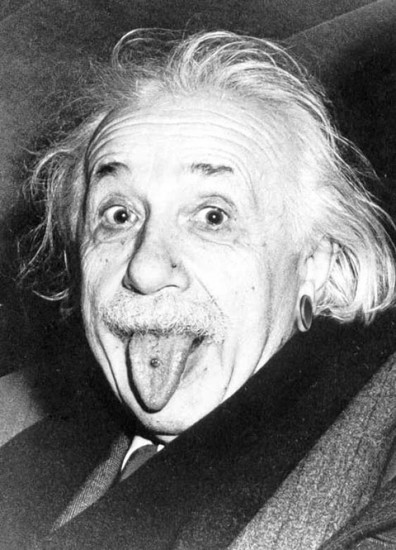A true security system cannot be so fragile: Canon Original Data Security broken…
 Now if your partner gets a compromising anonymous image where you are enjoying yourself with nice blond with blue eyes or charming young man, don’t panic and don’t get upset, you can easily prove it is just a fake (even if it’s not 😉 ). Seriously, how can we trust photographic evidence in the era of Photoshop and other designer tools? The genuineness of a digital image can only be proven by special digital tools…like OSK-E3?
Now if your partner gets a compromising anonymous image where you are enjoying yourself with nice blond with blue eyes or charming young man, don’t panic and don’t get upset, you can easily prove it is just a fake (even if it’s not 😉 ). Seriously, how can we trust photographic evidence in the era of Photoshop and other designer tools? The genuineness of a digital image can only be proven by special digital tools…like OSK-E3?
Unfortunately or maybe fortunately, it turned out that OSK-E3 (Canon Original Data Security Kit) cannot guarantee image authenticity, because now it can recognize even fake images as true and genuine. However, the problem is not in OSK-E3, it is in Canon Original Data Security system implemented in most modern Canon DSLR (Digital Single-Lens Reflex) cameras.
Now it’s possible (well, Dmitry did it recently and who knows if somebody could do it earlier 😉 ) to dump camera’s memory, extract secret keys from the camera, and calculate ODD (= Original Decision Data) which answer for any changes done to the image. And thus name the modified image as original one.
What Canon can do? It seems like Canon can nothing do with their models right now, because the fundamental problem lies not in the software. Changing the software could possibly solve the question, until someone again finds its vulnerability. But adding cryptoprocessors that won’t expose the secret key and thus will prevent from any penetrations from outside would close the loophole.
Have a look at some of our fake images that pass verification test by OSK-E3: http://www.elcomsoft.com/canon.html
So, can you now trust Canon’s OSK decision if an image is original or not?



